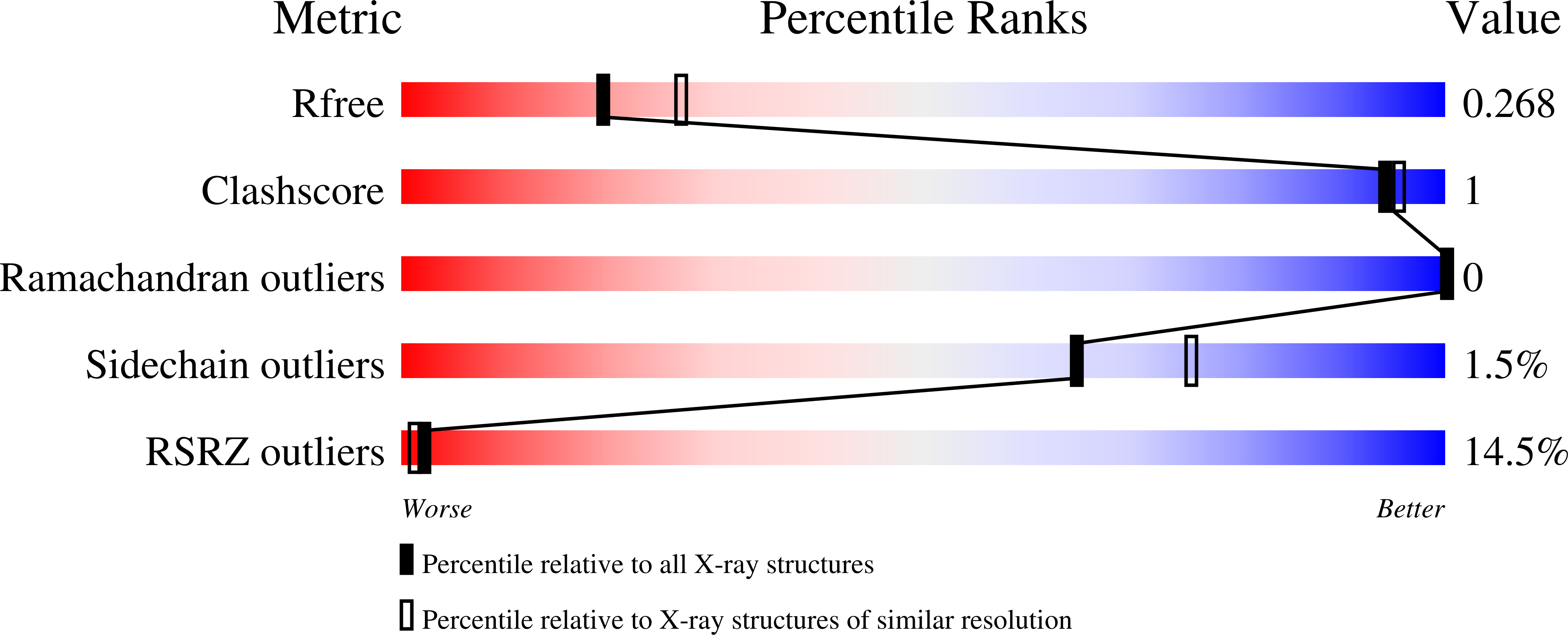
Deposition Date
2019-10-21
Release Date
2020-07-22
Last Version Date
2024-01-24
Entry Detail
PDB ID:
6T7E
Keywords:
Title:
PII-like protein CutA from Nostoc sp. PCC7120 in complex with MES
Biological Source:
Source Organism:
Host Organism:
Method Details:
Experimental Method:
Resolution:
2.45 Å
R-Value Free:
0.27
R-Value Work:
0.22
Space Group:
P 3 2 1


